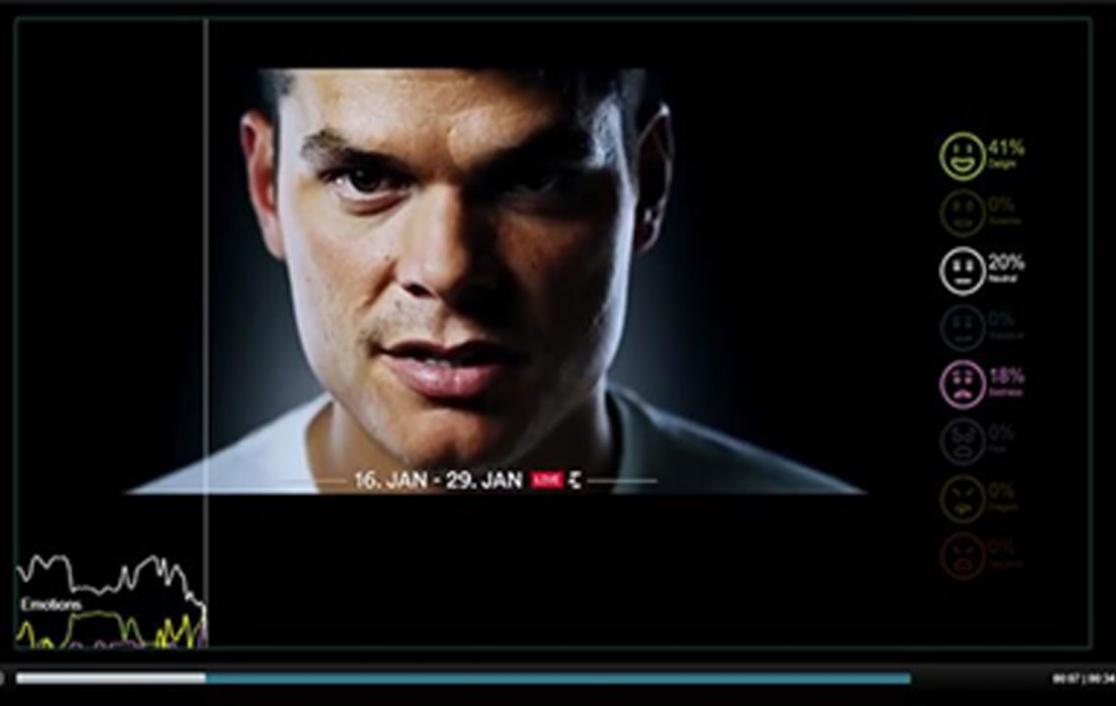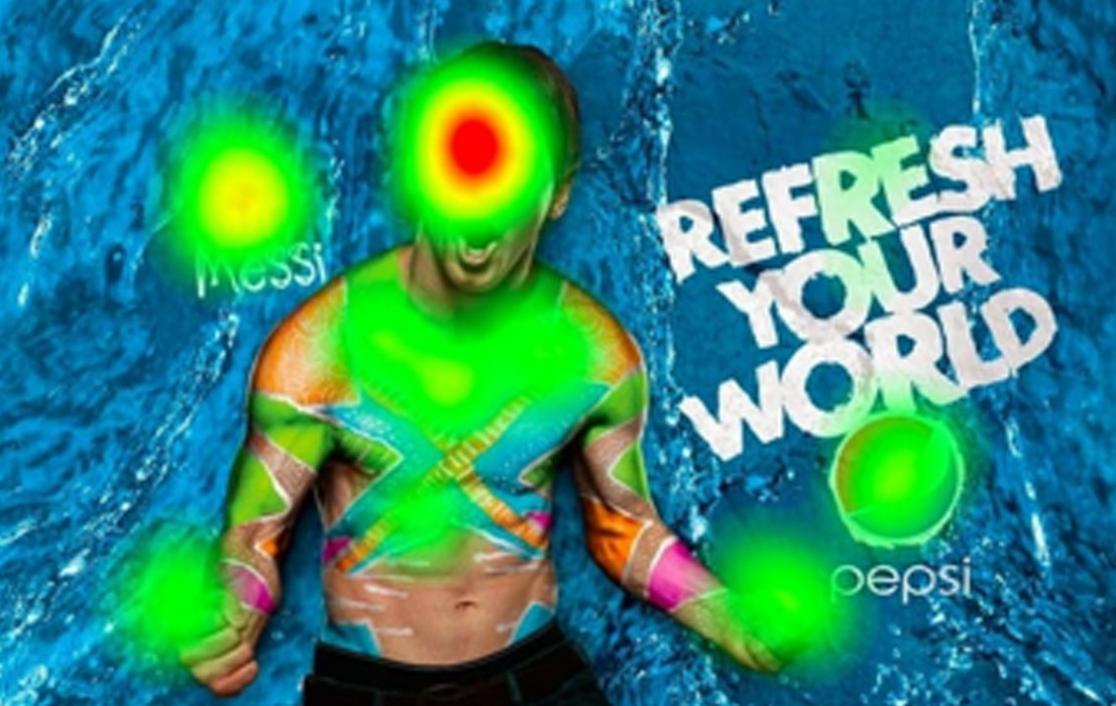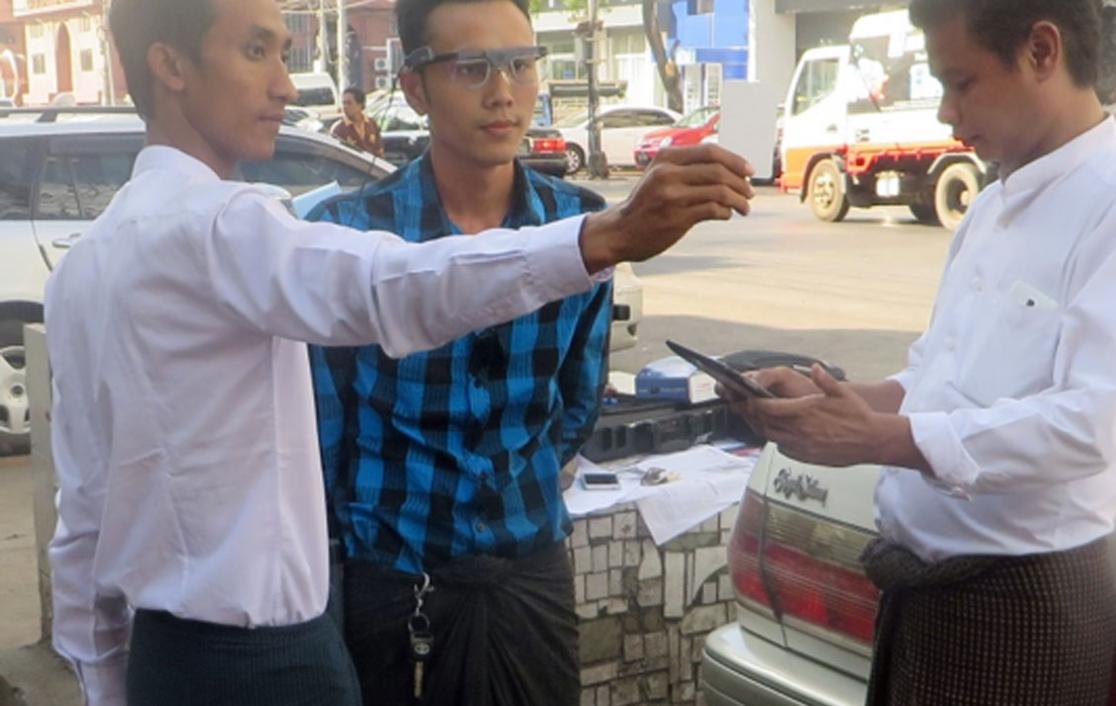
“The Conscious brain believes that it's making the decisions. But in reality, most of the time, the Unconscious brain or System 1 is acting on its own, without your being aware of it.”
Daniel Kahneman
People can be contradictive in their response pattern. When asking questions to consumers they often say one thing but do then something completely different. Conventional research techniques (e.g. interviewing, self-reporting) assume that people are rational decision makers who understand their preferences (System 2). A lot of research has proven that in fact we are not since humans are also driven by intuition, emotions (System 1 depending on the situation and context.
In order to comprehensively measure the impact of advertising, packaging designs or app layouts on user behavior we recommend employing both – explicit and implicit tools to complement each other.
Our Implicit toolbox for System 1 measurement includes Automated Facial Coding to measure emotional engagement and the flow of emotions when looking at stimulus (e.g. TV commercial). A webcam records facial muscles and their movements – artificial intelligence software is used to detect. Machine learning algorithms decode facial behavior and classify them into the universal human emotions.

Eye tracking is the automated way to measure what a person is looking at. By tracking the pattern of consumers’ eye movements, it shows us where the attention or interest is drawn– on which parts of the video, ad, shelf, package, webpage, or any other material. Findings are used to improve ads, packaging and usability of apps/ websites.




